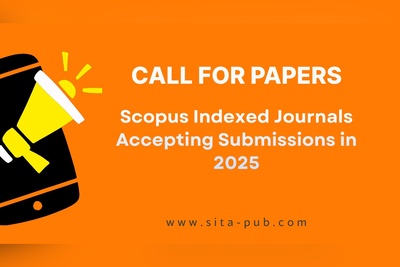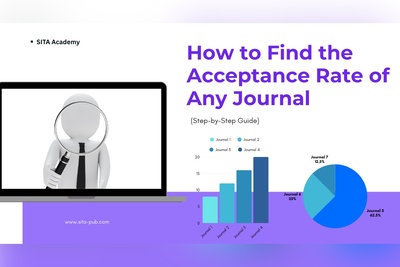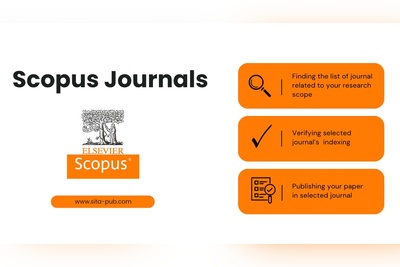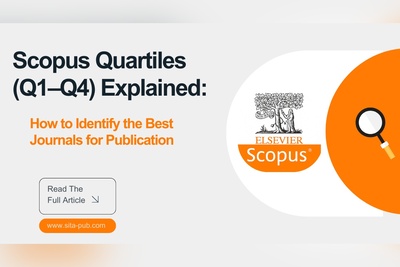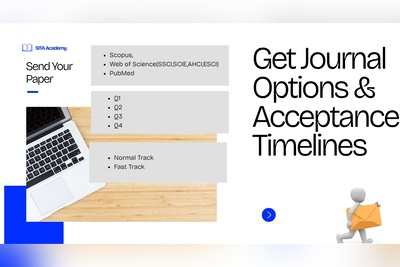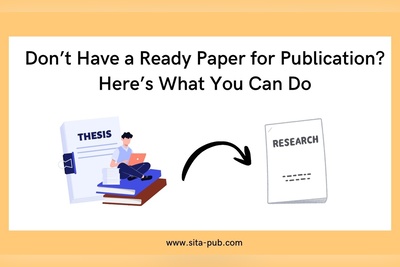How to Publish your Master thesis in a Journal
Learn how to transform your master’s thesis into publishable journal articles. This guide explains article extraction, translation, journal selection, manuscript refinement, and submission tips for international academic journals.
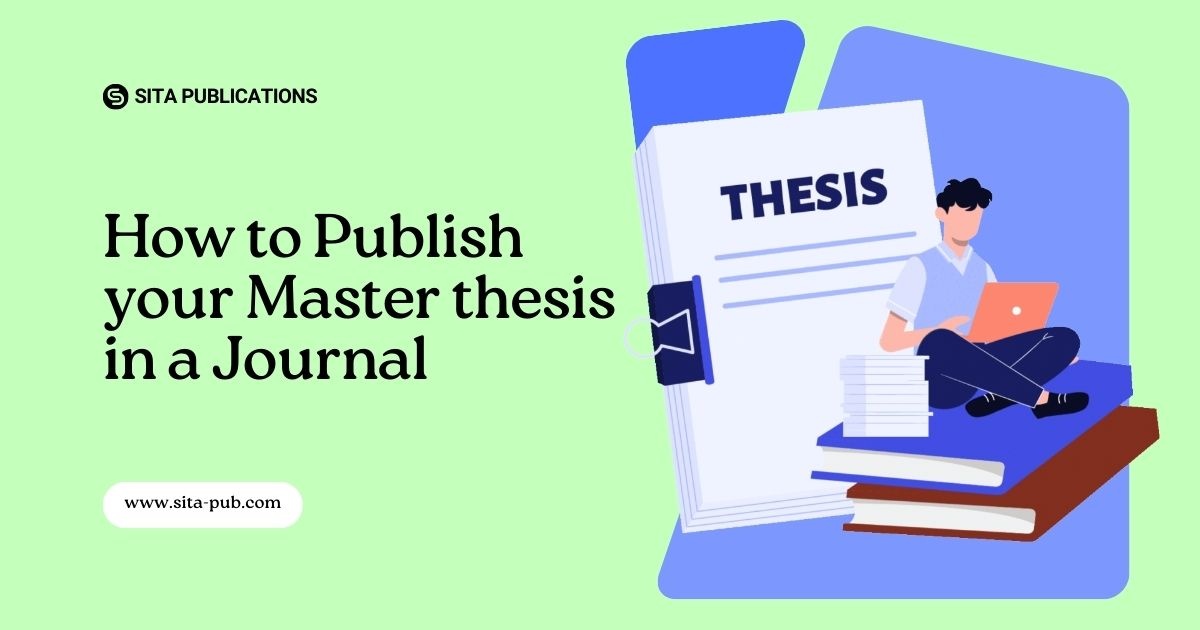
Completing your master’s degree is a significant milestone. But having a thesis sitting in your university repository doesn’t automatically give your research the visibility and impact it deserves. Publishing your master’s thesis in an international academic journal not only strengthens your academic record but also opens doors to scholarships, PhD programs, research collaborations, and career opportunities.
This guide will explain everything you need to know to turn your master’s thesis into publishable articles and successfully submit them to reputable journals.
Why You Can’t Publish Your Master Thesis Directly
Many first-time authors think their thesis can be submitted to a journal as-is. However, academic journals require concise, focused manuscripts rather than long, detailed theses.
Key reasons why direct submission fails:
Length and Structure: Theses can exceed 100 pages, while journal articles are usually 5–12 pages.
Redundant Content: Literature reviews and background sections in a thesis are often too detailed for a journal article.
Formatting Differences: Journals have strict formatting, citation, and referencing guidelines.
Language Requirements: If your thesis is in Arabic, French, or Russian, journals usually require English submissions.
To publish, your thesis must be transformed into well-structured, journal-ready articles.

How to Convert Your Thesis into Publishable Articles

Turning a master’s thesis into journal articles is a structured process:
Step 1: Analyze Your Thesis
Identify chapters or sections with clear, original findings.
Focus on experiments, case studies, or data sets with significant results.
Each article should address one main research question.
Example: If your thesis has three key experiments, you could generate three separate articles, each highlighting one experiment’s findings.
Step 2: Translate Your Thesis (If Needed)
If your thesis is not in English, it must be professionally translated.
Benefits of translation:
Accurate representation of research findings.
Correct scientific terminology in English.
Smooth communication with international journals.
Most reputable journals require submissions in English, so translation is often a necessary first step.
Step 3: Define Article Structure
Journal articles follow the IMRAD format:
Introduction: Present the research problem and explain its significance.
Methods: Concisely describe your study design, experiments, or approach.
Results: Highlight the key findings relevant to the article’s main objective.
Discussion: Interpret results and explain their significance in the broader context.
Avoid including lengthy background sections or literature reviews repeated across multiple articles. Each article should stand alone but complement other articles derived from the thesis.
Step 4: Revise Content for Publication
Before submission, refine your manuscript:
Condense literature reviews into concise references.
Reformat tables, figures, and references according to journal guidelines.
Highlight novel findings in the abstract and conclusion.
Ensure clarity, logical flow, and academic style.
Step 5: Prepare Multiple Articles
If your thesis is extensive, consider extracting multiple articles:
Determine how many publishable papers can be created from your research.
Ensure each article is unique to avoid redundancy or self-plagiarism.

Tips for Extracting Articles from a Thesis
Focus on Clarity: Simplify language; avoid unnecessary jargon.
Maintain Consistency: Ensure data, references, and results are consistent across articles.
Follow Journal Guidelines: Adhere to formatting, word limits, and referencing styles.
Avoid Self-Plagiarism: Rewrite content to create original manuscripts.
Seek Peer Feedback: Have colleagues or mentors review your drafts for clarity and quality.
Where to Publish Your Master Thesis
Once your thesis is converted into articles, the next step is selecting the right journals. Publishing in reputable, indexed journals ensures your work is visible, citable, and recognized globally.
Popular indexing options include:
Scopus: Covers all fields with quartiles Q1–Q4 reflecting journal impact.
Web of Science (WoS): Includes Science Citation Index, Social Science Citation Index, and Arts & Humanities Citation Index.
PubMed: Focuses on medical, biomedical, and life sciences research.
DOAJ (Directory of Open Access Journals): Open-access journals across disciplines.
Indexed journals guarantee discoverability, recognition, and credibility.
How to Find the Best Journal for Your Thesis
Selecting a journal requires careful evaluation:
Use Journal Finder Tools:
Elsevier Journal Finder: journalfinder.elsevier.com
Springer Journal Suggester: journalsuggester.springer.com
Taylor & Francis Journal Suggester: authorservices.taylorandfrancis.com/journal-suggester
Check Indexing: Ensure the journal is listed in Scopus, Web of Science, or PubMed.
Assess Scope and Audience: Verify the journal publishes research in your field and targets the appropriate readership.
Check Acceptance Rates and Policies:
Open-access vs. subscription-based.
Expected turnaround time and Article Processing Charges (APC).
Leverage Journal Recommendation Services: Professional services analyze your manuscript and recommend journals that match your research scope, quartile, and audience, saving time and increasing acceptance chances.
Publishing Your Master’s Thesis in Academic Journals at SITA Academy
At SITA Academy, we help researchers transform their master’s thesis into high-quality, publishable English articles—even if the original thesis is in Arabic, French, Russian, or another language. Our comprehensive support ensures your research reaches reputable international journals efficiently and successfully.
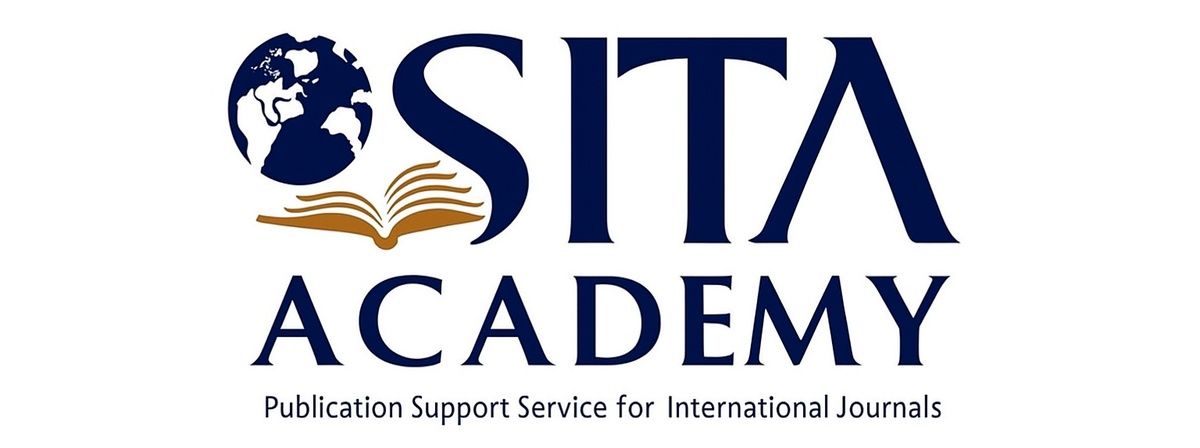
Our Services Include:
Article Extraction: Identify the number of publishable papers from your thesis and define clear, compelling titles for each.
Manuscript Refinement: Review your articles for clarity, originality, structure, and compliance with journal standards.
Journal Recommendations: Suggest suitable journals for each article based on indexing (Scopus, Web of Science, PubMed), impact factor, quartile ranking, audience, and acceptance likelihood.
Translation Services: Professionally translate your thesis into English to meet international journal requirements and communicate your research effectively.
Submission Support: Prepare submission packages, cover letters, and upload files correctly to ensure smooth submission.
Follow-Up and Guidance: Monitor communication with editors, , and provide step-by-step guidance until your articles are published.

Get Started Today
Send your request to SITA Academy and receive a personalized plan tailored to your thesis and research goals. Let us help you turn your master’s thesis into a successful publication record in reputable academic journals.
Conclusion
Publishing your master’s thesis in international journals is essential for enhancing visibility, credibility, and career opportunities. The process involves:
Converting your thesis into concise, structured journal articles.
Translating content to English if required.
Choosing reputable, indexed journals that match your research scope.
Refining manuscripts for clarity, originality, and journal compliance.
Verified Contact Channels
If you have any questions, inquiries, or would like to learn more about our services, please don't hesitate to reach out to us. Our dedicated team is ready to assist you.





